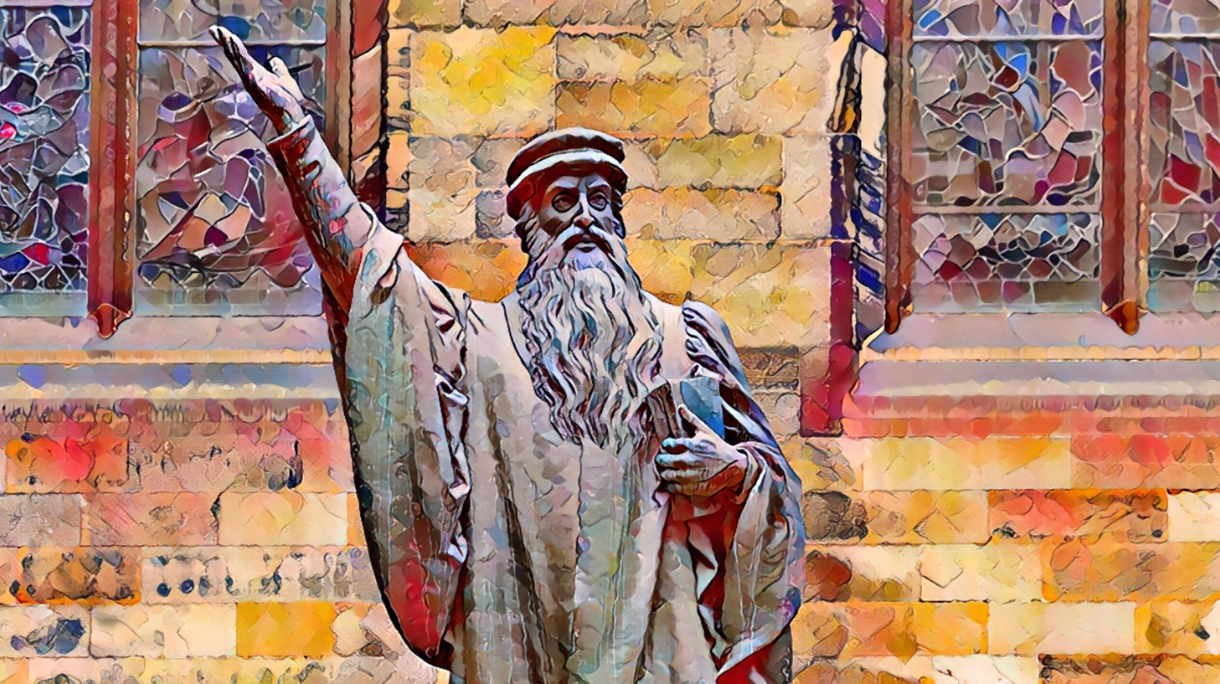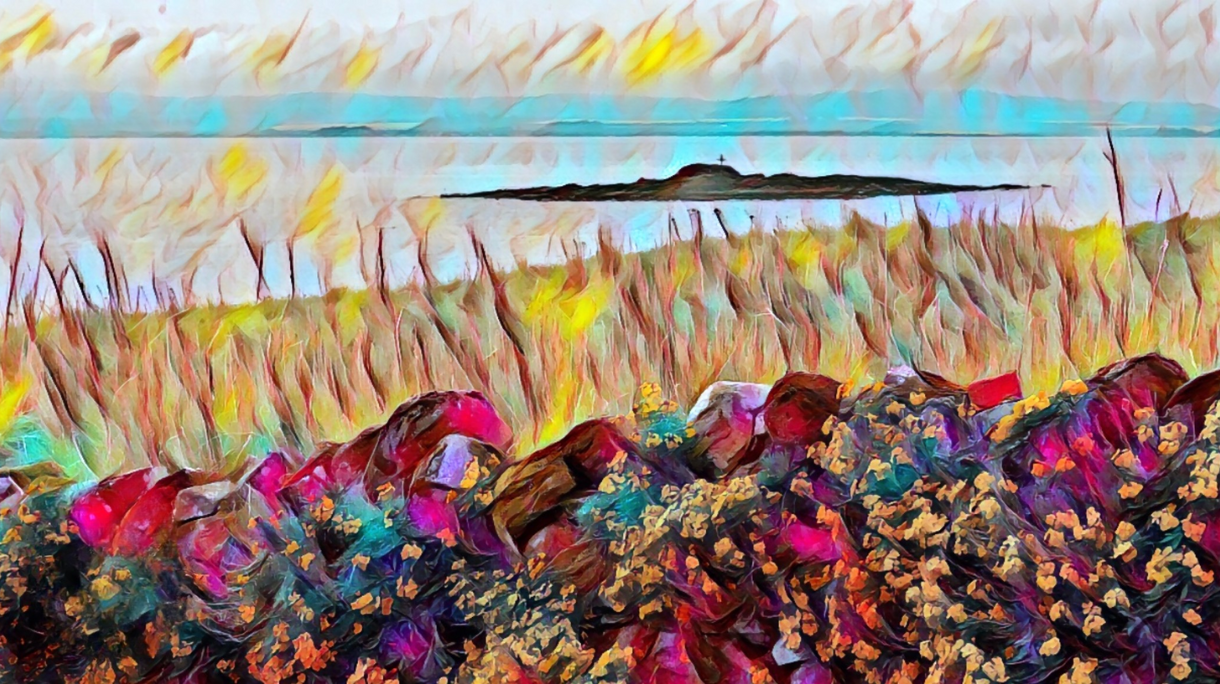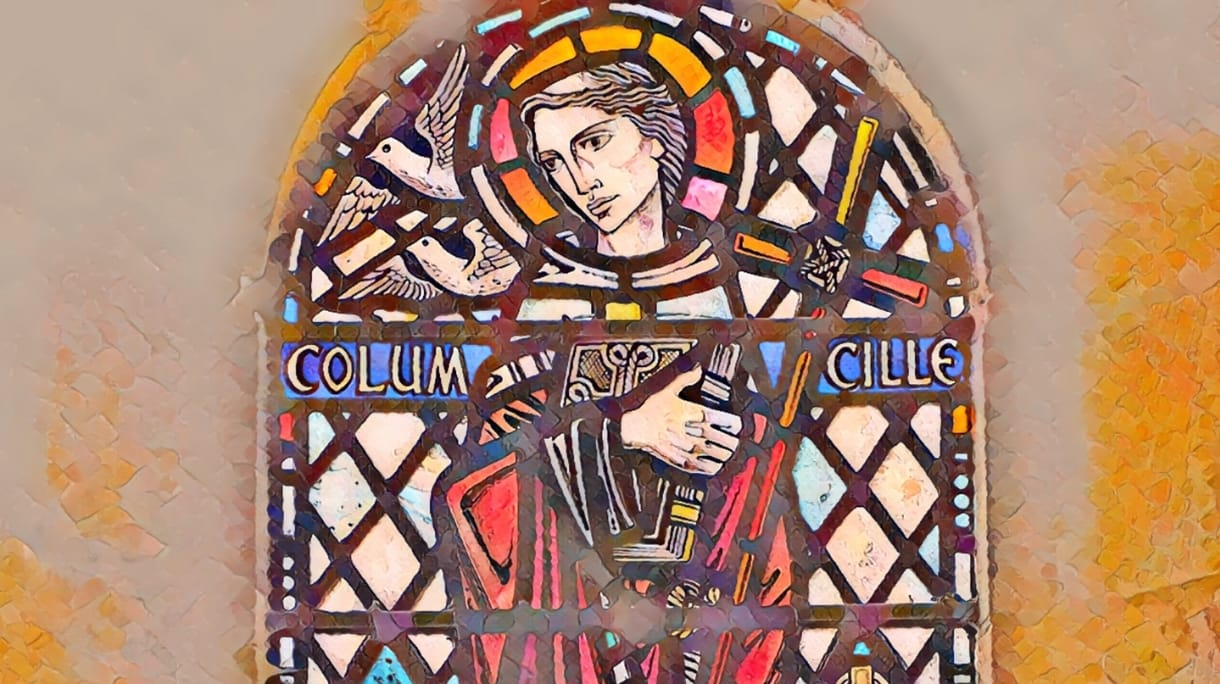A Martyr’s Stage
There is something haunting about the story of George Wishart. When he stood at the stake in St Andrews in 1546, facing his accusers with calm conviction, he wasn’t simply dying for a set of ideas. He was performing faith.
Historian Jane Dawson calls this the “theatre of martyrdom,” a phrase that captures how these moments became public acts of witness. Wishart’s serenity, his prayer for his enemies, and his certainty that Scripture alone held truth turned his execution into a living sermon.
For John Knox, who watched from the shadows, Wishart’s death was transformative. In Knox’s later writings, the “heretic” became a prophet and martyr, and his persecutors the villains of a corrupted Church. The stage was already being set for national renewal.
A Church in Crisis
By the mid-sixteenth century, the Church in Scotland was showing deep cracks. High offices were routinely given to nobles as rewards rather than to men of learning or faith. Bishops and abbots were often political appointees. The lower clergy, underpaid and under-respected, were accused of idleness and moral laxity.
More than 85 per cent of parishes had their income diverted to monasteries or cathedral chapters controlled by the elite, leaving parish priests impoverished and open to corruption. Some reformers claimed that the decay of clerical life revealed the decay of doctrine itself; others, within the Catholic fold, insisted the teaching was pure but the practice had failed.
Either way, the gap between faith and behaviour had grown impossible to ignore.
Voices of Protest
In towns such as Perth and Dundee, reformers and friars competed for influence, sometimes bitterly. Street songs and pamphlets began to circulate, turning theological complaint into biting humour. One of the most famous, The Paip, that pagane full of pryde, mocked the Pope as a false shepherd who had “blindit us lang.”
Satire became a kind of preaching: memorable, defiant, and dangerous. It revealed that people were no longer afraid to laugh at the symbols of authority. The Reformation was not only argued in pulpits but sung, shouted, and performed in the streets.
Power and Profit
Religion and politics were never far apart. Scotland’s nobles and lairds exercised enormous control over Church wealth and appointments. When the crisis of 1559–60 erupted, the Protestant lords denounced the old system but not the benefits it gave them.
They supported reform of doctrine, yet resisted using Church income to fund the new ministry. Their complaint was not that the rich livings existed, but that too many were held by Frenchmen rather than Scots. The reform of faith did not always mean the reform of greed.
The Birth of a Confession
In August 1560, the Scottish Parliament formally adopted a new confession of faith. Drafted in only four days by Knox and five other ministers, the Scots Confession became both a manifesto and a symbol of national identity.
Its twenty-five chapters proclaim a Church founded on Scripture, freed from Rome, and centred on the living Christ. The tone is urgent and pastoral, speaking to a people hungry for assurance and renewal. It is not the work of theologians in quiet study but of pastors who had seen conflict and longed for clarity.
From Fire to Faith
Looking back, the movement from Wishart’s martyrdom to the Scots Confession feels like the arc of a great play, with tragedy giving way to conviction. What began in blood and satire ended in a shared declaration of belief.
The Reformation in Scotland was never only about doctrine. It was about dignity, conscience, and hope. It was about a people learning to see faith as something lived, spoken, and sung, and in the end, confessed together.








Comments